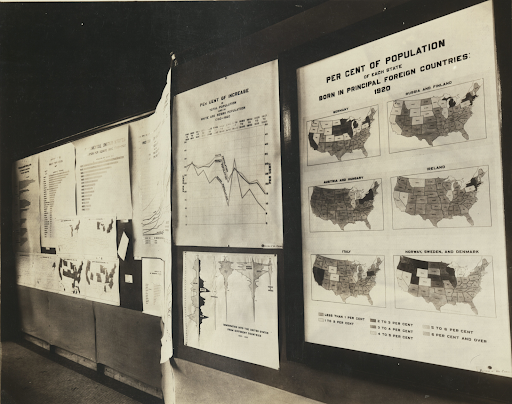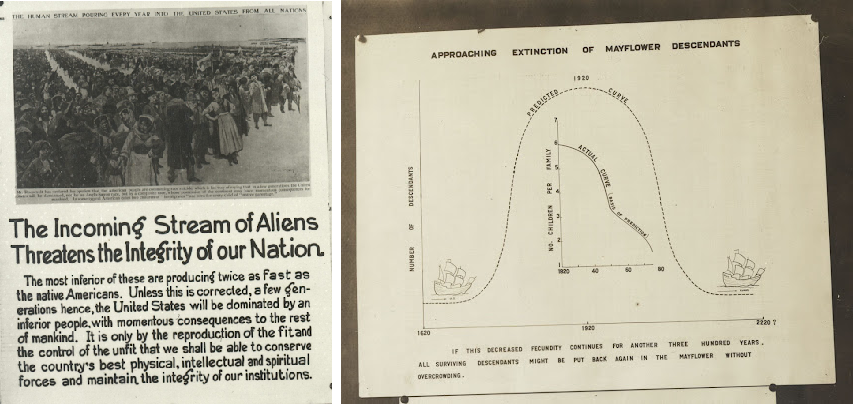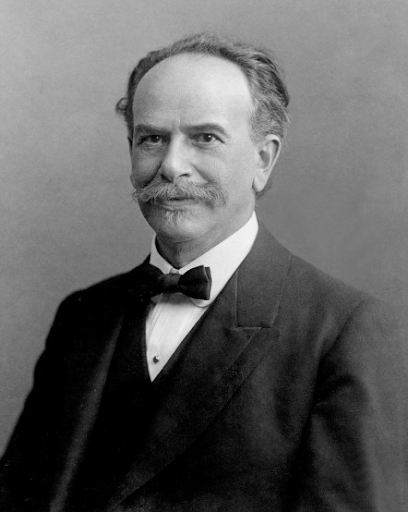Part 4: Racial Progress

“Humanity is composed of many races differing widely in physical, mental and moral qualities. The history of the origin and development of races and the analysis of the family distribution of personal qualities furnish material for the determination of the hereditary nature of specific traits.”
“With the change of environment, especially in climate, races of man have been stimulated to migrate from less favorable to more favorable regions. These migrations have influenced very greatly the evolution of mankind, largely through the struggle for existence, new opportunities for mate selection, and the influence of the complex of environment upon differential fecundity and survival.”
“Whenever two races come in contact for a long period of time, history proves that race mixture follows. Consequently, the eugenical importance of human migration cannot be overestimated.”

RIGHT: Curve showing that if decreased fecundity continues, in 300 years all surviving descendants could be put back in Mayflower without overcrowding. Eugenics Record Office.
OPPOSITION TO EUGENICAL ASSUMPTIONS ABOUT RACE
There is nothing to show that all the blond, blue-eyed, tall individuals present excellent strains; there are mediocre and subnormal types among them just as well as among other races; and the proof has never been given that the relative number of excellent hereditary strains in this race is greater than in others. To speak of hereditary characteristics of a human race as a whole has no meaning.
Dr. Franz Boas, Professor of Anthropology, Columbia University, “Inventing a Great Race,” The New Republic, January 3, 1917 p. 305.


A part of the theories which are accepted as almost axiomatic by those who urge the superiority of the North European type – the “Teutonic race,” quote as it was called in pre-war times, more widely known today as the “Nordic” – is based on a lack of understanding of the criteria which determine race, and a false correlation between physical form and cultural achievement. Underlying all this, and perhaps fundamental to it, is an attitude which is as old as the ages, rationalized with the help of the earlier Anthropologists and Psychologists. This is the widespread dislike of what is different.
Dr. Melville J. Herskovitz, Lecturer in Anthropology, Columbia University, “Brains and the Immigrant,” The Nation (February 11, 1925), p. 139-141.
You must be logged in to post a comment.